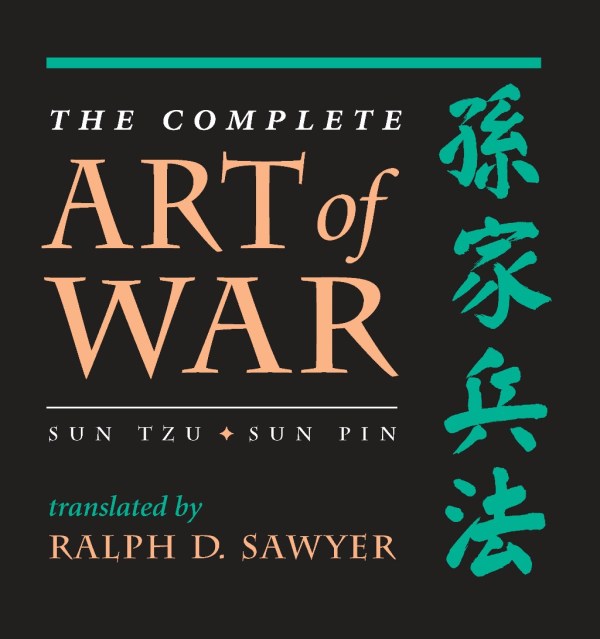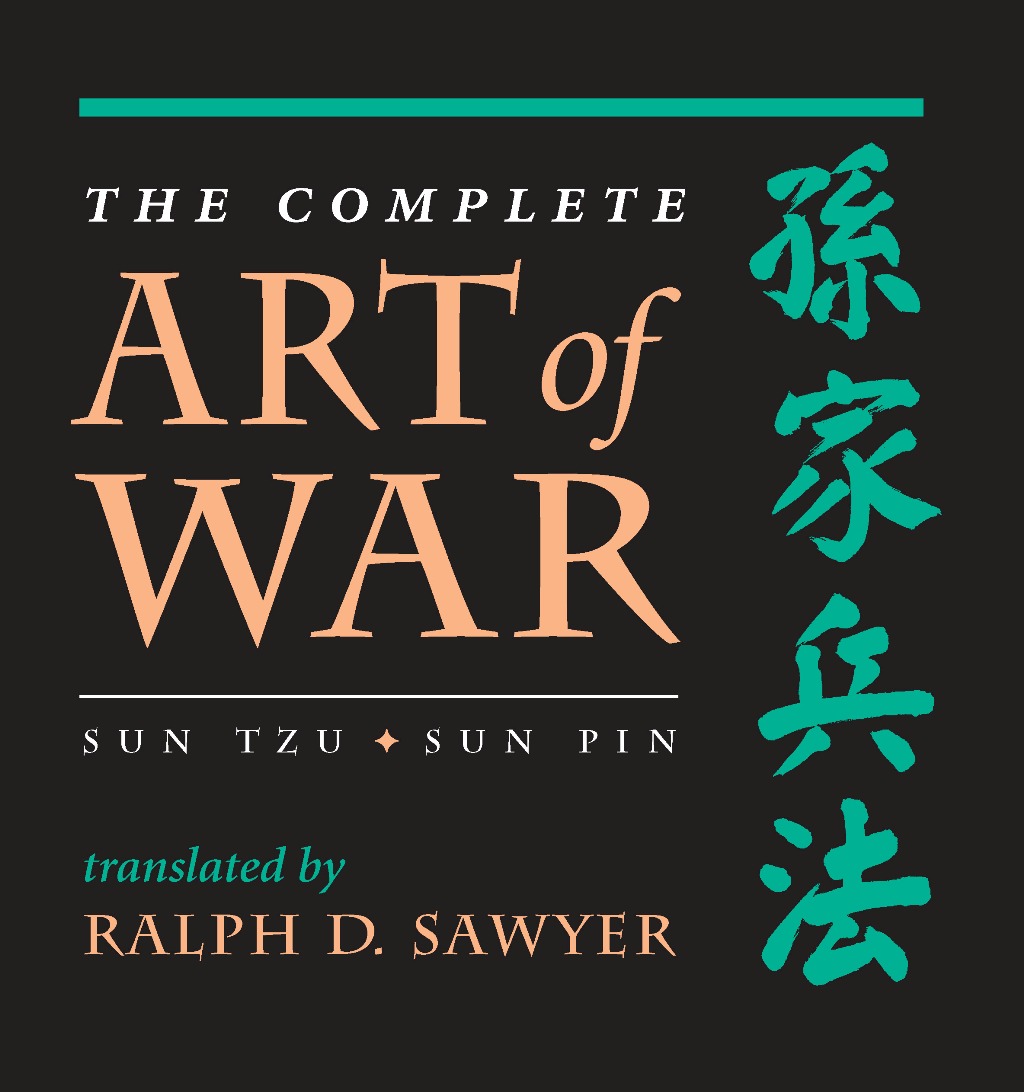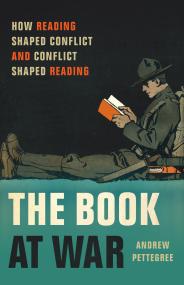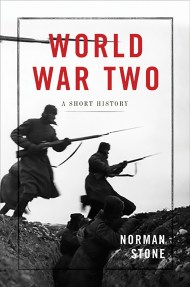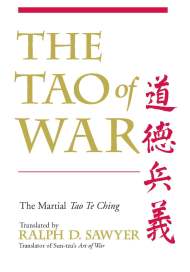Promotion
Use code FALL24 for 20% off sitewide!
The Complete Art Of War
Sun Tzu/sun Pin
Contributors
By Tzu Sun
By Pin Sun
Translated by Ralph D. Sawyer
Formats and Prices
Price
$23.99Price
$30.99 CADFormat
Format:
ebook $23.99 $30.99 CADThis item is a preorder. Your payment method will be charged immediately, and the product is expected to ship on or around March 16, 2007. This date is subject to change due to shipping delays beyond our control.
Also available from:
Genre:
- On Sale
- Mar 16, 2007
- Page Count
- 320 pages
- Publisher
- Basic Books
- ISBN-13
- 9780465003877
Newsletter Signup
By clicking ‘Sign Up,’ I acknowledge that I have read and agree to Hachette Book Group’s Privacy Policy and Terms of Use
